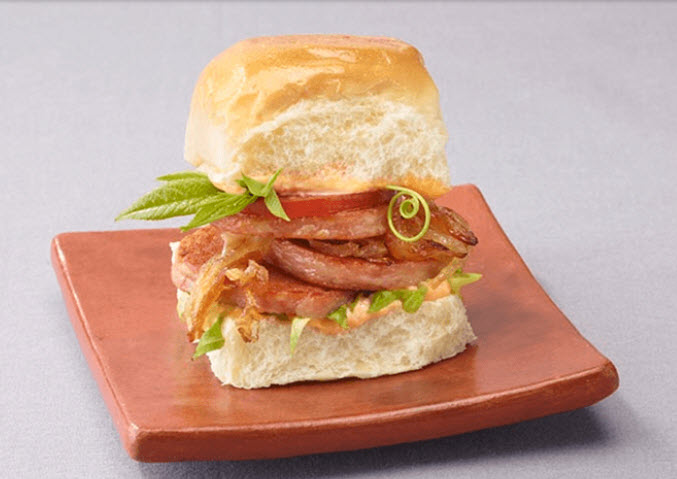Art in marketing.
The minute I saw my first piece of Banksy’s graffiti art I knew it was art. Art is very personal. I have used many Banksy pieces as Twitter backgrounds. (Much obliged, sir. Sir?)
Many talk about the art of marketing, brand planning and advertising. But today l prefer to talk about the in. Art has a very meaningful place in marketing. Like the beautiful, style-happy person you pass on the street and can’t keep your eyes off, an artful photo, turn of phrase, or video edit captures the viewer’s imagination. And once the imagination is captured and the senses are a tingle – the door to the heat and mind are open.
What the marketer does with that open door is the critical next step. Sell too hard and the consumer loses the warmies. Sell without context and the viewer is confused. Opt not to sell at all and you become the disaffected artist in the SOHO gallery who cares not.
What the marketer does with that open door depends on the art itself and the brand plan. It’s complicated. When Citibank, in its lovely “cliff climber” TV spot, shares that amazing climbing sequence and the poetic card purchases that enabled the climb — “And what girl wouldn’t want new shoes?,” there is mad connection. The art is visual. It’s athletic. Unseen. That’s art in marketing. Not of marketing. Peace!
(The Citibank spot is by Publicis, I believe.)








